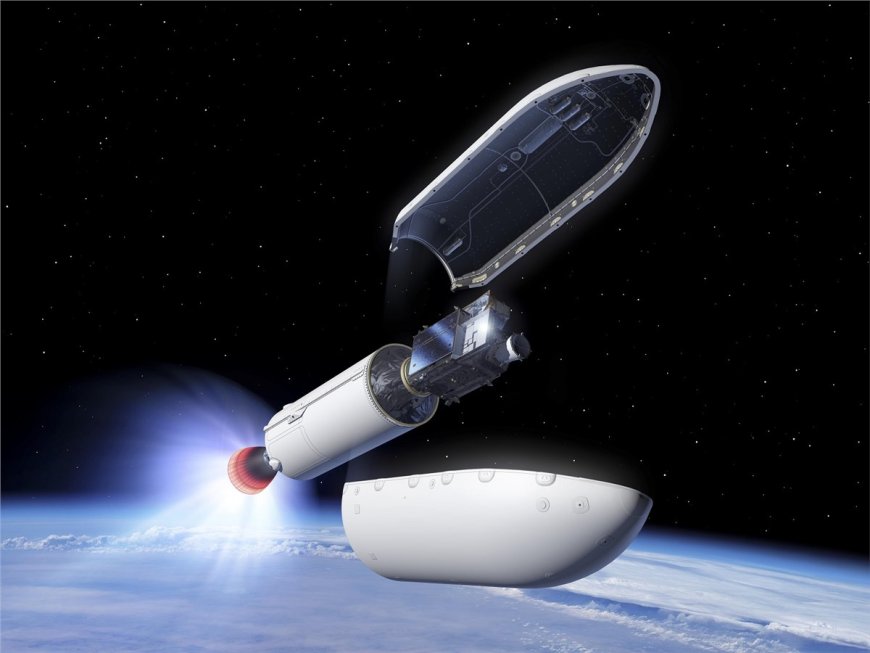Europe Launches 1st Atmospheric Sounding Satellite in Meteosat 3rd Generation Program
The MTG-S1 satellite, equipped with advanced instruments, was successfully launched to enhance Europe's weather prediction capabilities. It aims to improve forecasting accuracy by mapping temperature, humidity, and air quality from space. Developed as part of the MTG program, this satellite will ensure continuous weather monitoring beyond 2040.

The MTG-S1 meteorological observation satellite was successfully launched from Cape Canaveral, Florida. Built by OHB System AG, MTG-S1 carries Europe’s first hyperspectral infrared sounding instrument designed for geostationary orbit. Thales Alenia Space, the joint company between Thales (67%) and Leonardo (33%), is responsible for the development, assembly, integration and testing of the main payload, which includes a high-precision interferometer and an advanced infrared detection system.
About MTG-S1
The primary objective of the MTG-S1 sounding satellite is to improve Europe’s numerical weather prediction (NWP) capabilities, both at regional and global scales. Thanks to its hyperspectral infrared sounding instrument, MTG-S1 enables 3D mapping of the atmosphere by precisely measuring temperature and humidity across latitude, longitude and altitude. These measurements will enable forecasters to detect the early warning signs of storms and will improve NWP models.
MTG-S1 also carries the Copernicus Sentinel-4 instrument, built by Airbus Defence and Space, which is dedicated to monitoring air quality and greenhouse gas concentrations from space. This instrument is equipped with an ultraviolet, visible and near-infrared spectrometer.
The combination of these two instruments will contribute to improved air quality forecasting and will provide a wealth of information for the benefit of public health, agriculture and scientific research.
About the MTG program
The MTG-S1 satellite is part of the Meteosat Third Generation (MTG) program, developed by Thales Alenia Space as prime contractor for the European Space Agency (ESA) and the European Organization for the Exploitation of Meteorological Satellites (EUMETSAT).
This program will ensure the continuity of European weather monitoring beyond 2040. It is based on a constellation of six satellites: four imaging satellites (MTG-I), built by Thales Alenia Space, and two atmospheric sounding satellites (MTG-S), developed by OHB.
The MTG-I imaging satellites carry latest-generation instruments, including lightning detectors, built by Leonardo, and the FCI imager, which can deliver weather data in near-real time. The first satellite in the series, MTG-I1, was launched in 2022 and returned its first images in 2023, demonstrating a significant improvement over previous generations.
The system provides updated images of Earth every 10 minutes (compared with 15 minutes previously) and delivers images over Europe every 2.5 minutes in rapid scan mode.
According to the source: ASDNews.
What's Your Reaction?
 Like
0
Like
0
 Dislike
0
Dislike
0
 Love
0
Love
0
 Funny
0
Funny
0
 Angry
0
Angry
0
 Sad
0
Sad
0
 Wow
0
Wow
0







































































































































































